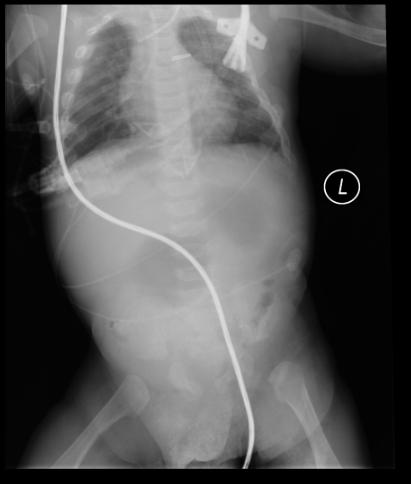Pyloric stenosis other imaging findings: Difference between revisions
Jump to navigation
Jump to search
No edit summary |
m (Categories) |
||
| Line 1: | Line 1: | ||
__NOTOC__ | __NOTOC__ | ||
{{Pyloric stenosis}} | {{Pyloric stenosis}} | ||
{{CMG}} {{AE}} | |||
==Overview== | ==Overview== | ||
| Line 27: | Line 28: | ||
[[Category:Needs content]] | [[Category:Needs content]] | ||
[[Category:Gastroenterology]] | |||
[[Category:Surgery]] | |||
{{WH}} | {{WH}} | ||
{{WS}} | {{WS}} | ||
Revision as of 18:30, 12 July 2016
|
Pyloric stenosis Microchapters |
|
Diagnosis |
|---|
|
Treatment |
|
Case Studies |
|
Pyloric stenosis other imaging findings On the Web |
|
American Roentgen Ray Society Images of Pyloric stenosis other imaging findings |
|
Risk calculators and risk factors for Pyloric stenosis other imaging findings |
Editor-In-Chief: C. Michael Gibson, M.S., M.D. [1] Associate Editor(s)-in-Chief:
Overview
Other Imaging Findings
Upper GI Series
- The pyloric canal is outlined by a string of contrast material coursing through the mucosal interstices, termed the string sign; or by several linear tracts of contrast material separated by the intervening mucosa. The latter is termed the double-track sign. This sign demonstrates the intervening redundant mucosa outlined as a filling defect by the contrast material.
- UGI is performed with the infant in the right anterior oblique position, to facilitate gastric emptying.
- Fluoroscopic observations include vigorous active peristalsis resembling a caterpillar and coming to an abrupt stop at the pyloric antrum, outlining the external thickened muscle as an extrinsic impression, termed the shoulder sign.
- Luminal barium may be transiently trapped between the peristaltic wave and the muscle, and this is termed the tit sign.
- Eventual success of gastric peristaltic activity will propel contrast material through the pyloric mucosal interstices, with the appearance as either the string sign or the double-track sign, although at times more than one layer of contrast material may be appreciated in the mucosal filling defect.
(Images courtesy of RadsWiki)
Nuclear Scanning
- Nuclear medicine scanning is not routinely used for hypertrophic pyloric stenosis; however, possible findings include delayed gastric emptying.
